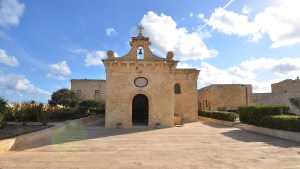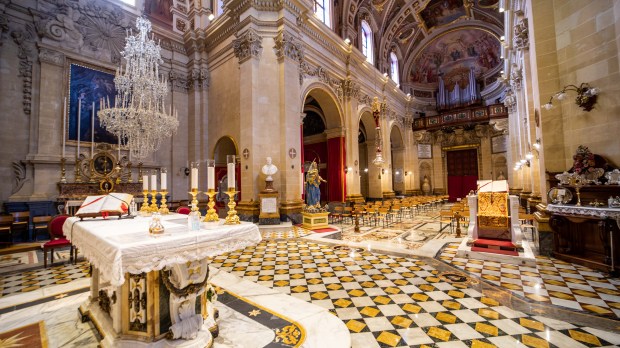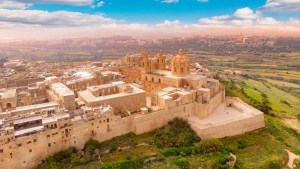In previous articles, we have explained why tradition maintains that the first bishop of the Maltese Islands was Publius. In short, when St. Paul was shipwrecked off the northwestern coast of Malta on his way to trial in Rome in the year 60 (as recounted in Acts), he had to spend the unnavigable winter months there. It was during those three months that he established the roots of Maltese Christianity; Publius was then the acting governor of the Roman Melita, and became its bishop. That is to say that Christianity in the archipelago is as ancient as in any other region mentioned in the New Testament – Ephesus, Jerusalem, Corinth, or Rome itself.
Chapter 28 of the Acts of the Apostles narrates how Paul healed Publius’ father during his three-month stay on the Island. Luke writes:
Once safely on shore, we found out that the island was called Malta. The islanders showed us unusual kindness. They built a fire and welcomed us all because it was raining and cold. Paul gathered a pile of brushwood and, as he put it on the fire, a viper, driven out by the heat, fastened itself on his hand. When the islanders saw the snake hanging from his hand, they said to each other, “This man must be a murderer; for though he escaped from the sea, the goddess Justice has not allowed him to live.” But Paul shook the snake off into the fire and suffered no ill effects. The people expected him to swell up or suddenly fall dead; but after waiting a long time and seeing nothing unusual happen to him, they changed their minds and said he was a god.
There was an estate nearby that belonged to Publius, the chief official of the island. He welcomed us to his home and showed us generous hospitality for three days. His father was sick in bed, suffering from fever and dysentery. Paul went in to see him and, after prayer, placed his hands on him and healed him. When this had happened, the rest of the sick on the island came and were cured. They honored us in many ways; and when we were ready to sail, they furnished us with the supplies we needed.
Acts 28:1-10.
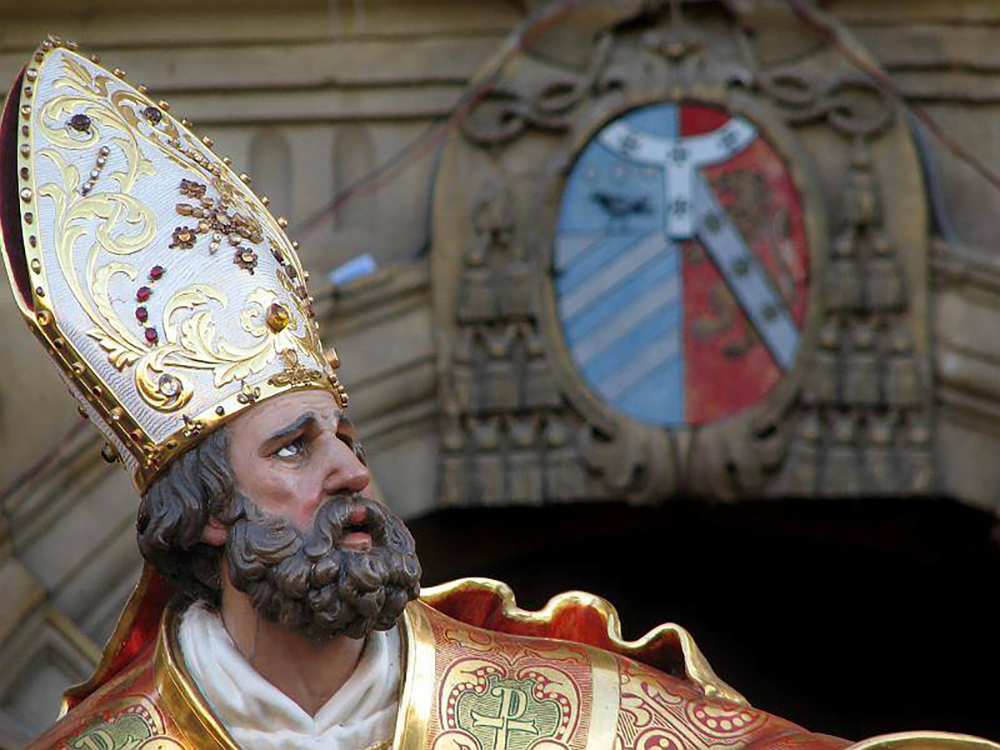
That same tradition holds that the present cathedral in Mdina was built where Publius’ residence was. From then, this 2,000-year uninterrupted Christian presence has shaped the spiritual, cultural, and artistic landscape of the Maltese islands.
One after the other, Publius’ successors have had different levels of impact on the local ecclesiastical history and, thus, on Maltese Christianity – and perhaps it could even be said on Mediterranean history as a whole. For example, Bishop Domenico Cubelles instituted one of Malta’s noted pilgrimages, the Universal Peace Walk, also known as the Pro Pace Universalis Camino, back in 1543.
Another one of these bishops was Senatore de Mello. Arriving in Malta in 1436, De Mello got there four years after being nominated by Pope Eugene IV. During those times, the Bishops of Malta were appointed in Sicily, and they hardly (if ever) visited Malta, due to the dangers of journey itself, as well as the risk of encountering corsairs – which was indeed a common occurrence before trans-Atlantic trade would take piracy from the Mediterranean into the Caribbean.
De Mello, a daring man, did what his predecessors dared not do: He appointed a commission made up of four cathedral canons to research about the benefices and the existing parishes at the time. This list of information was known as the Quinterniolus pro Concordia Taxarum, better known as The Rollo of 1436 or, rather straightforwardly, as the Rollo de Mello.
This document sheds light on the state of the Church in Malta in the early 15th century. It is not precisely known when the first parishes were established in Malta. However, we do know that most of these parishes were founded in the Middle Ages right after the re-conquest of Malta from Arab rule (870–1090/1). The Rollo de Mello mentions that there were 10 rural parishes (cappelle), besides the Cathedral at Mdina and the Church of San Lorenzo a Mare, at Birgu, each one of them with their own cherished traditions, devotions, and spiritual and cultural value.
Through the Rollo, Senatore sought to evaluate the taxes to be paid by the canons of the cathedral and by those receiving any benefits or any wealth on behalf of the Church, in order to find a solution to the dispute between the Maltese and Gozitan clergy regarding the ecclesiastical tithes they had to pay.
It should be noted that parishes in Gozo (the small island adjacent to Malta) developed in a slightly different way from those of Malta. Due to Gozo’s defense problems, the first parishes in Gozo were just outside the Citadella. These were St. James, St. George and St. Mary (Ta’ Savina) – parishes that did not have several villages under their jurisdiction like those in Malta.
Mdina/Rabat
The De Mello Rollo indicates that La Cappella di San Paolo de Fora (Saint Paul’s Grotto) was the parish church of Rabat and Mdina together. Mdina was founded as Maleth by the Phoeniceans in the 8th century B.C. and later renamed Melitæ by the Romans. At Mdina, there was the cathedral for the whole of Malta, while at Rabat there was the seat of the parish for both Rabat and Mdina combined.
St. Paul’s Grotto is one of the most venerated sites on the whole Maltese archipelago, marking the place where St. Paul is said to have stayed when he arrived there, in the year 60. The cavern soon became a place of worship, and many important personalities have gone on pilgrimages, including Pope Benedict XVI, Pope St. John Paul II, Pope Francis – and even Admiral Lord Nelson.
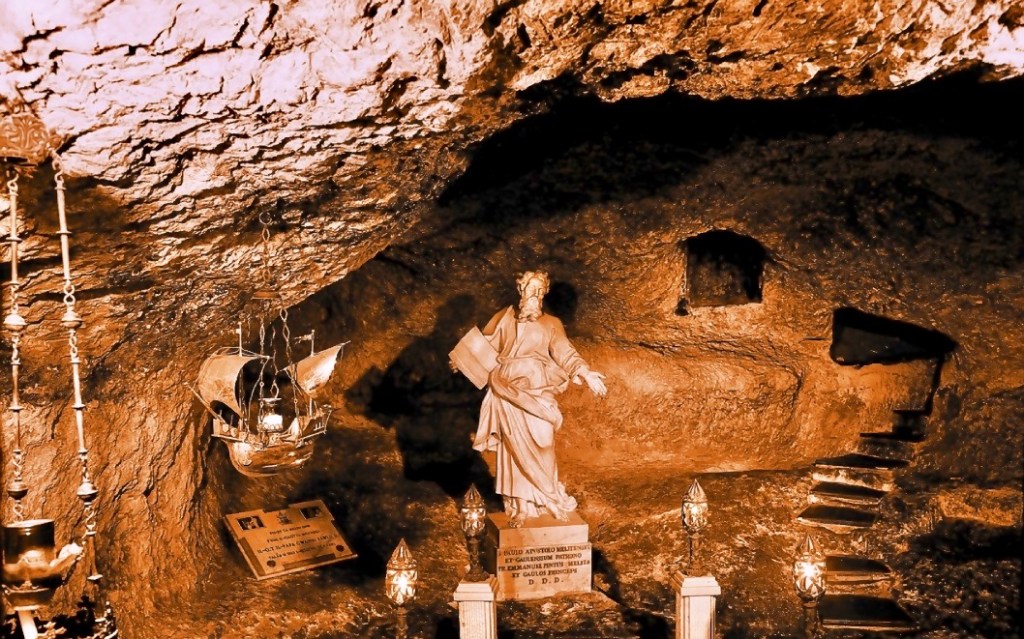
Birgu – San Lorenzo A Mare
The old Castrum Maris (the Castle on the Sea) in Birgu, named after St. Angelo, is at the tip of the city’s peninsula. The small ancient chapel in the Fort, dedicated to the Virgin Mary, is proof that Christianity in this area goes back a very long time, probably preceding the old fortification, going back to paleo-Christian times.
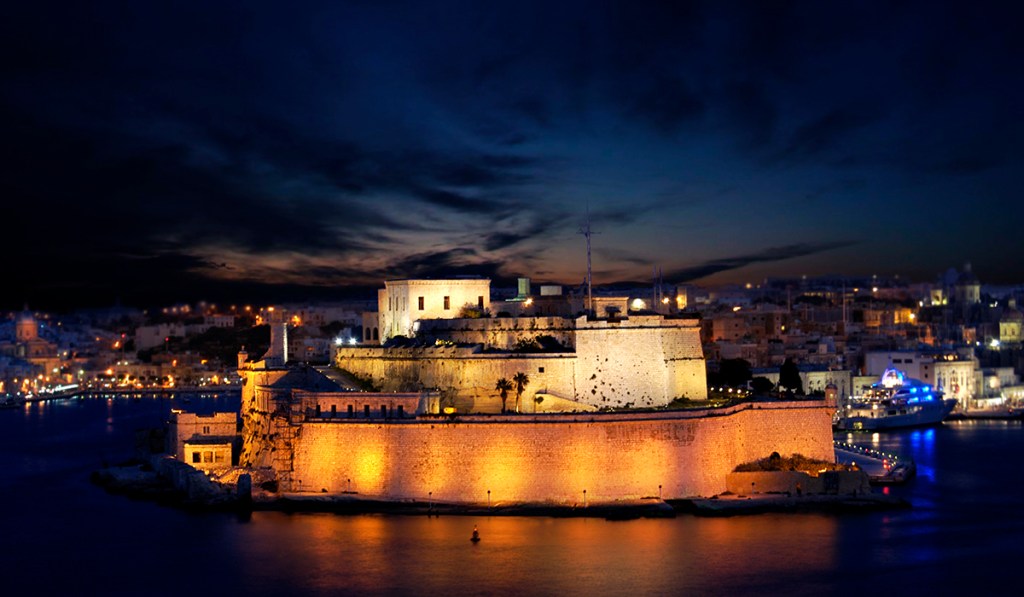
Matrice church of Gozo in the Citadel – today’s Cathedral of the Assumption
The special patron of the Maltese Islands is the Assumption – the Gozo Cathedral being the archipelago’s highest-ranking church with this title. Devotional life in the Maltese Islands has always given special prominence to Santa Marija Assunta. The origin of this devotion is however difficult to trace. There are several documented sources indicating that the first church on the site predates the cathedral by centuries. It was possibly dedicated to the Dormition of Mary, one of the most ancient Marian devotions, from which the title of the Assumption developed.
The present cathedral church has had many predecessors. The first was probably a megalithic temple, thousands of years ago. A centuries-old tradition relates how Juno’s temple was dedicated by the early Christians to the Virgin Mary. In fact, this is partly proved by archaeological remains dating from the early imperial period unearthed in abundance during the building of the present Cathedral between 1697 and 1711. Today these remains are exhibited in the cathedral’s museum.
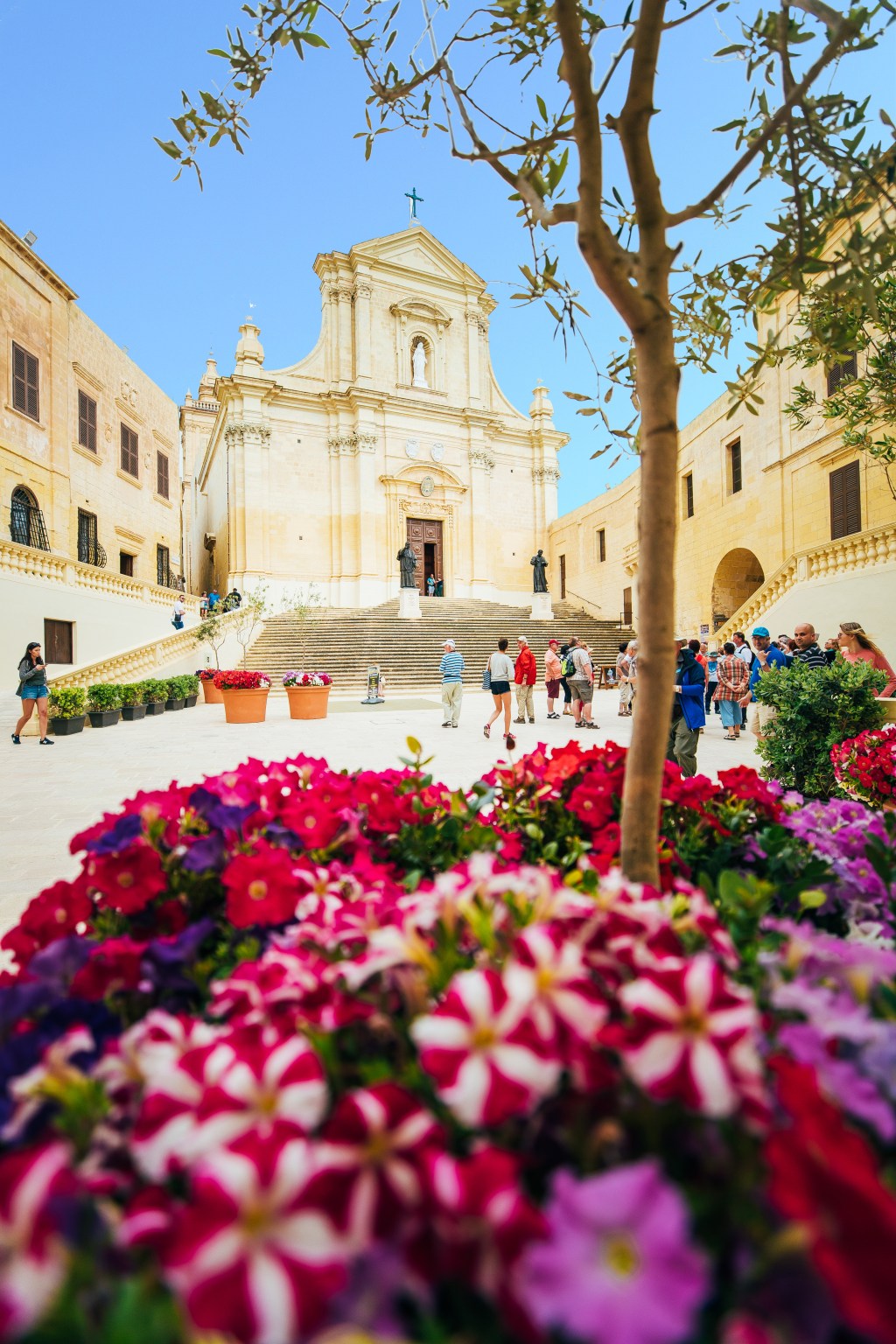
During the rule of Aragon (1282–1530), Iċ-Ċittadella steadily increased in importance. By 1435, its ecclesia maior, or major church, had become a matrice. A will dated 1435 refers to the Sanctae Mariæ Matricis Ecclesiæ, the Mother-Church of Gozo dedicated to the Assumption. On September 16, 1864, Pope Pius IX established the Diocese of Gozo and Comino, and the Matrice was declared the cathedral of the new diocese.
Naxxar – the Nativity of the Virgin Mary
Located on a hill, Naxxar is an ancient settlement going back to prehistoric times, as evidenced by the discovery of Punic tombs, catacombs, and cart ruts in numerous locations. The town’s name may derive from Nasra, derived from the word Nazarenes. In fact, in the Maltese language, Nsara (which is a derivative of Nasra) means Christians.
Birkirkara – St. Helen, alias St. Mary (The Assumption)
The roots of Birkirkara, like those of Naxxar, are also lost in ancient history – and prehistory. Evidence of this are several archaeological discoveries, and many historic artefacts and structures that still exist today. Historical documentation, one of which is the Rollo, confirms that since antiquity, Birkirkara has had a parish dedicated to St. Helen – Sanctæ Helenæ, alias Sanctæ Mariæ de Birchircara.
Qormi – St. George
The early history of Qormi is rather nebulous. Ancient remains have been found in the area, particularly several Phoenician, Punic, and Roman tombs, but not that much to suggest there was a substantial settlement there until the medieval period. Be that as it may, by 1436 Qormi already was established as a parish, dedicated to St. George, which encompassed a much larger area than it does nowadays, incorporating what is today Marsa, parts of Hamrun and extending to the Xiberras peninsula – where later the Knights of the Order of St. John built Valletta. There are indications that Qormi was elevated to parish in the 14th century, but the exact year is unknown.
Bir Miftuħ (now Gudja) – St. Mary (The Assumption)
This church is dedicated to St. Mary of August (Santa Marija – The Assumption). The Church of Bir Miftuħ (a literal translation is “open well,” but here it probably means “gushing spring”) was built more than 600 years ago. It served as a parish until 1676, when the parish church of Gudja was built. It was never in the center of a village: It was a parish church that served several villages. The original church was larger than the present one, as in 1512 works were carried out to reduce its size. The church of St. Mary, situated in an olive grove, lies opposite the Malta International Airport, and is therefore one of the first sites that visitors notice the minute they land on the archipelago.
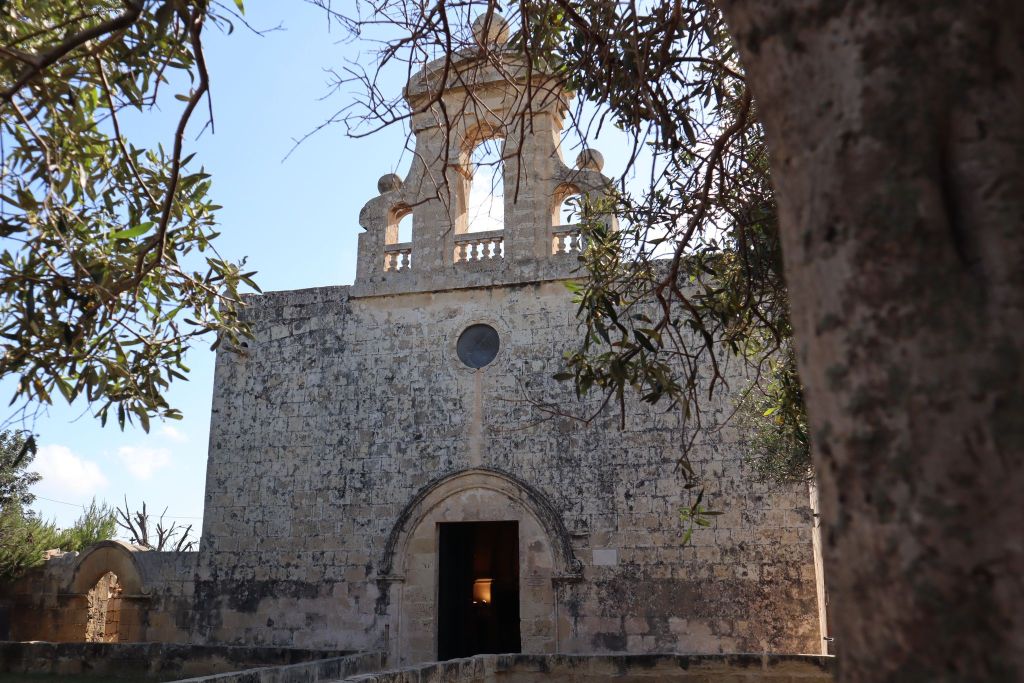
Żebbuġ – St. Philip of Aggira
The reader should note, by now, that Malta is exceptionally rich in archaeological remains. Żebbuġ is no exception. It gave its name to an era of prehistoric time when pottery of a kind not known yet was found in tombs in the area known as Ta’Trapna. Later archaeological finds, dated to around the same time, were subsequently known as “Żebbuġ phase” remains. A scattering of Punic and Phoenician tombs was also found together with a small number of cart ruts and other remains.
Siġġiewi – St. Nicholas of Bari
Siġġiewi (Città Ferdinand) is a very old village. It was already established in the 14th century. The meaning of the word “Siġġiewi” is uncertain. Some say that the place was named after the Sageyos, a rich family that had large estates in the area. Others argue that the Semitic roots of the word mean “prosperous” or “calm.” The motto of Siġġiewi is Labore et Virtute (Latin for work and virtue). Before the arrival of the Order of St. John in 1530, there were other thriving hamlets in the area, which were absorbed in Siġġiewi. Today, only their secluded chapels remind us of their former existence. The village is situated on a plateau in the southwestern part of Malta, a few kilometers away from Mdina, and 10 kilometers away from Valletta.
Żejtun – St. Catherine of Alexandria
This large chapel, dedicated to St. Catherine of Alexandria, is of very ancient origin. It used to serve as Żejtun’s first parish church, and that’s why it is referred to as “the ancient church.” Although it is known as the Church of St. Gregory, it is dedicated to St. Catherine. Its antiquity is proved by the fact that it was already built before visiting Bishop Senatore de Mello had drawn up his Rollo in 1436. The original chapel, small and primitive, used to serve as the first parish of the hamlet of Bisqallin, situated in the southeast of present day Żejtun, which was the farthest parish from Mdina. The cappella functioned until 1492, when it was rebuilt on a larger scale.
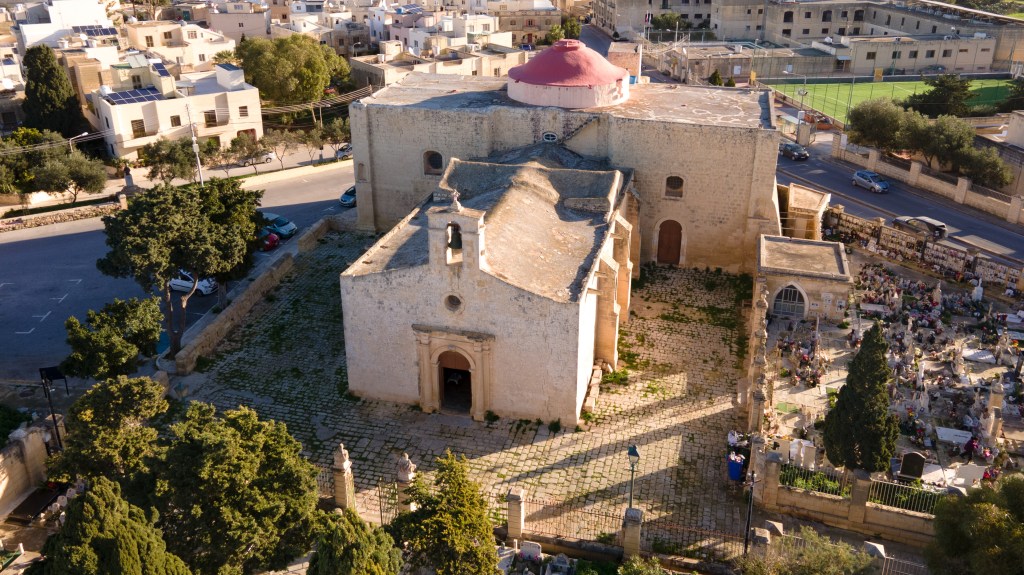
Żurrieq – St. Catherine of Alexandria
This should come as no surprise: Żurrieq was inhabited since the bronze age by a relatively large population. But the parish church dedicated to St. Catherine of Alexandria is way more recent: Its roots can be traced back to the cappella (the chapel registered by De Mello) built on the same site where today’s parish church stands, between 1634–1659.
Casal Tartani or Ħal-Tartani (now Dingli) – Santa Domenica
Dingli is a small village at the extreme end of Malta. The Dingli/Casal Tartani area was already populated in remote times: There were quarries from where stone was hewn out for the construction of abodes in various parts of the island. Tombs and remains from Phoenician and Carthaginian times have been found, and graves hinting to cremation of corpses go back c. 2,800 years. The tombs were also used by the Romans, who occupied the Maltese Islands between 218 BC and the 4th century AD, after which the Roman Empire split into the Eastern and Western Empires, leaving Malta under the Byzantines until the 9th century.
During the Middle Ages (that is, before the establishment of the capital city of Valletta), the urban centers of Malta were Rabat and Mdina. Being in their proximity, Dingli’s administration was run by Rabat’s and Mdina’s. Casal Tartani was the only inhabited area in this locality, and had a very small church dedicated to St. Domenica, which was elevated to parish before 1436. It is recorded in the Rollo as Cappella SanctæDominicæ.
Mellieħa – The Nativity of the Virgin Mary
The cave church in the Malta National Shrine of the Blessed Virgin of Mellieha stands out from the others because it holds a wall painting, of late Siculo-Byzantine origins, of the Virgin Mary – the Hodegetria (the Virgin who shows the way to the Savior). This cave church is the Mellieħa cappella indicated in the Rollo. In 1575 the Mellieha parish was suppressed and merged the administration to the parish of Naxxar due to lack of inhabitants but was re-instated as parish in 1841. The shrine was visited by Pope St. John Paul II during his apostolic visit in 1990.
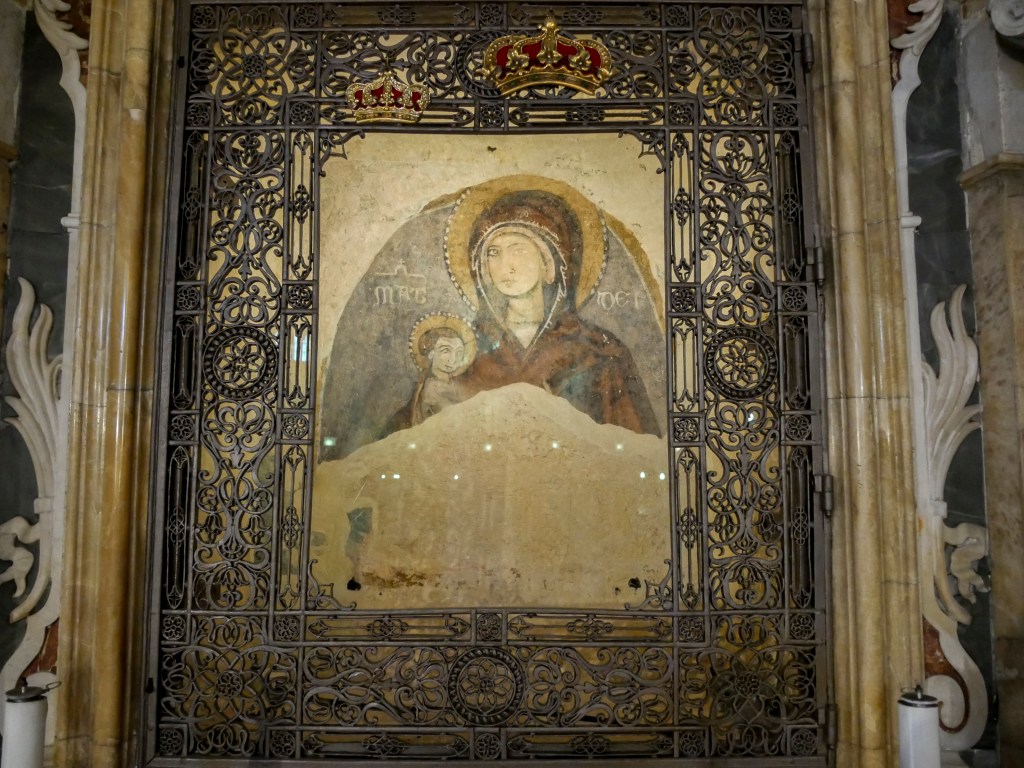
It is very probable that Christian practice, on this site and the cave church, vastly predates the present 13th-century fresco. A tradition maintains that in 409, a number of Catholic bishops visited the hallowed grotto and consecrated it as a church. Indeed, the ceiling mural is a late depiction of this event. This would have been very close to the Council of Ephesus of 431, when the Blessed Virgin was universally recognized and acclaimed as Theotokos (Birth-giver of Christ God, Mater Dei in Latin).
XirCammini, a voluntary organization registered in Malta, is actively working in recreating De Mello’s itinerary within present-day urbanization realities, encompassing all the parishes of medieval Malta in a single pilgrimage route. It will be completed in the fourth quarter of 2024; however, you can contact XirCammini for further information and to plan ahead.
Interested in a pilgrimage?
XirCamminihelps individuals or groups walk the Caminos. Contact us on information@XirCammini.org or via WhatsApp on +35679046942. We are a not-for-profit organization dedicated to historical and faith-related walks in Malta and Europe – registered as a Voluntary Organization (VO1646) with the Office of the Commissioner for Voluntary Organizations, Malta.
This content has been brought to you in partnership with the Malta Tourism Authority.
